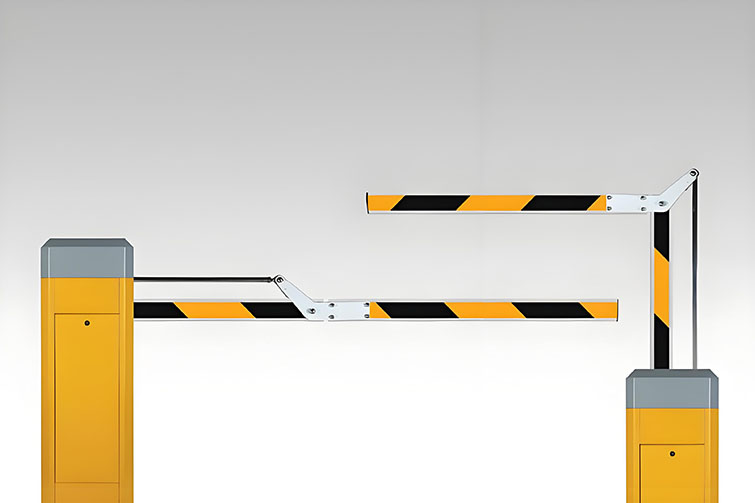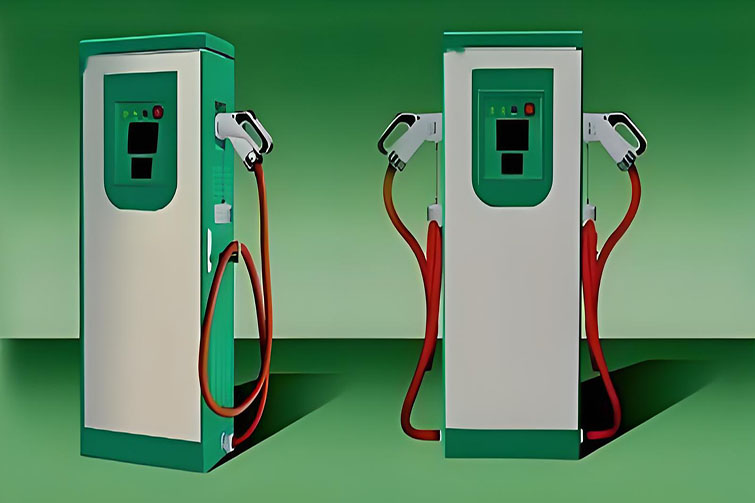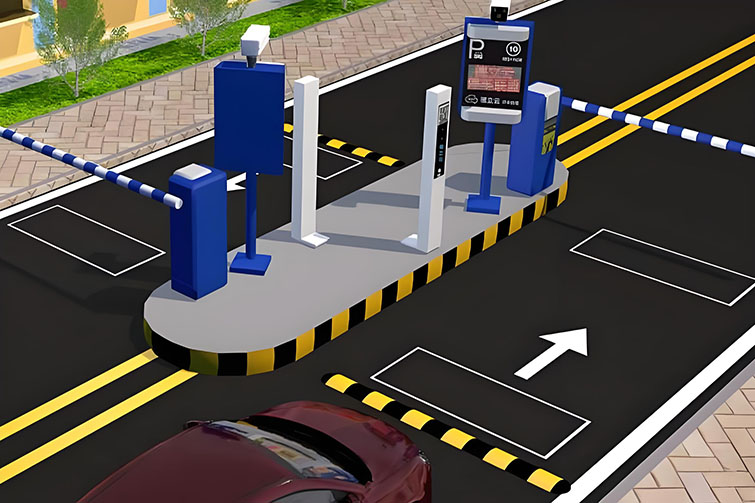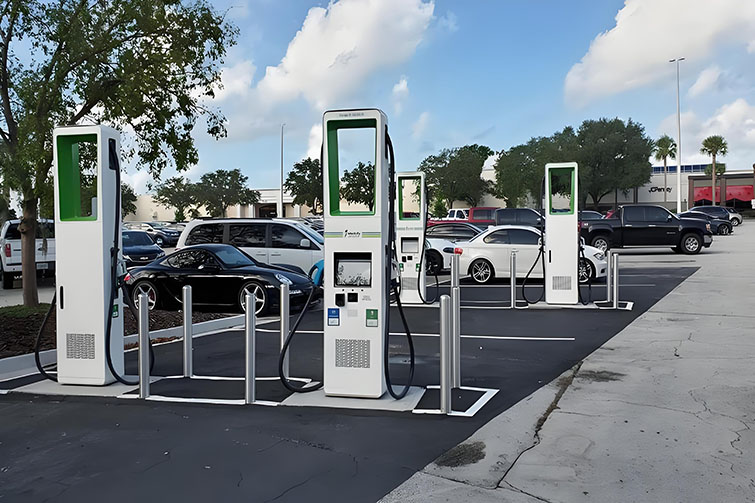
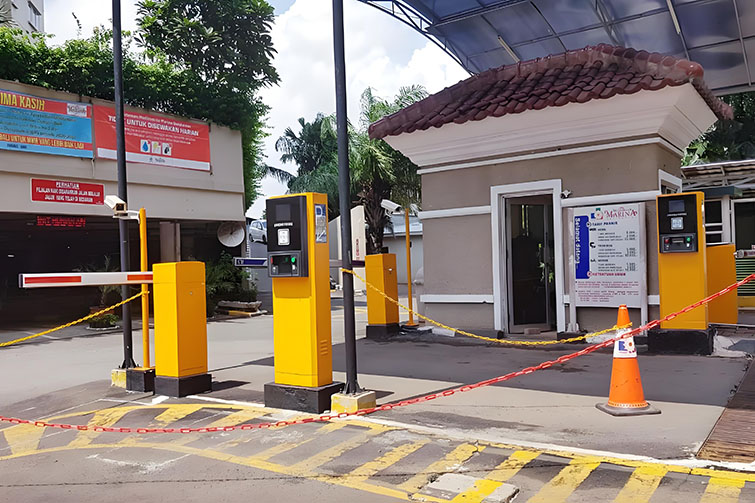
Parking Gate Innovations: What's New in 2024
As urban areas grow and the need for efficient parking solutions increases, parking gate technology is continuously evolving. The year 2024 brings a wave of new innovations that promise to revolutionize the way we manage and use parking facilities. From smart technology integration to sustainable solutions, here are the key trends and developments in parking gate innovations this year.
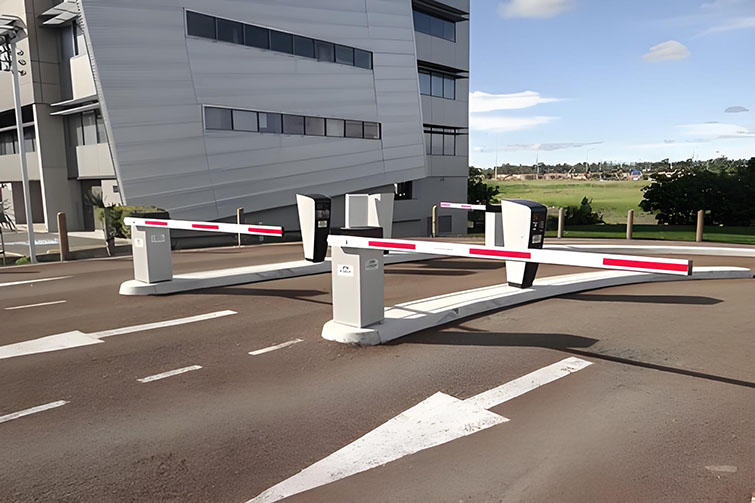
1. Smart Technology Integration
One of the most significant trends in 2024 is the integration of smart technology into parking gates. These advanced systems utilize IoT (Internet of Things) devices, AI (Artificial Intelligence), and machine learning algorithms to enhance security and user experience. Features such as license plate recognition, real-time data analytics, and remote control via mobile apps allow for seamless entry and exit, reducing wait times and improving traffic flow within parking facilities.
2. Sustainable Practices
With a growing emphasis on sustainability, parking gate innovations are incorporating eco-friendly features. Solar-powered gates, energy-efficient motors, and materials made from recycled components are becoming more common. These sustainable practices not only reduce the carbon footprint of parking facilities but also lower operational costs in the long run.
3. Contactless Solutions
The COVID-19 pandemic has accelerated the demand for contactless solutions, and parking gates are no exception. In 2024, many parking gate systems are equipped with contactless payment options, touchless entry mechanisms, and automated ticket dispensers. These features minimize physical contact, enhancing safety and convenience for users.
4. Enhanced Security Measures
Security remains a top priority for parking facilities. Innovations in 2024 include advanced surveillance systems integrated with parking gates, featuring high-definition cameras, facial recognition technology, and motion sensors. These systems provide real-time monitoring and alerts, ensuring a higher level of security for both vehicles and pedestrians.
5. User-Friendly Designs
Modern parking gates are designed with user convenience in mind. Innovations such as ergonomic keypads, intuitive interface displays, and customizable settings make it easier for users to navigate and operate the gates. Additionally, multilingual support and voice command features cater to a diverse range of users.
6. Integration with Smart City Infrastructure
As cities become smarter, parking gates are being integrated into the broader smart city infrastructure. This integration allows for better traffic management, data sharing, and coordination with other smart systems like public transportation and emergency services. Parking facilities equipped with these gates can dynamically adjust to changing traffic conditions, providing a smoother and more efficient experience for users.
7. Adaptive and Scalable Solutions
Parking gate systems in 2024 are designed to be adaptive and scalable, accommodating various types of parking facilities, from small lots to large multi-level garages. These systems can be easily upgraded with new features and technologies, ensuring that they remain relevant and functional as needs evolve.
8. Real-Time Data and Analytics
The use of real-time data and analytics is revolutionizing parking management. Parking gate systems equipped with sensors and data analytics tools can monitor occupancy levels, predict peak usage times, and optimize space utilization. This information is invaluable for facility managers looking to improve efficiency and user satisfaction.
Conclusion
The innovations in parking gate technology in 2024 are setting new standards for efficiency, security, and user experience. Smart technology integration, sustainable practices, contactless solutions, and enhanced security measures are just a few of the advancements making parking facilities more effective and user-friendly. By staying abreast of these trends and adopting the latest technologies, property owners and managers can ensure that their parking solutions meet the evolving needs of their users.


